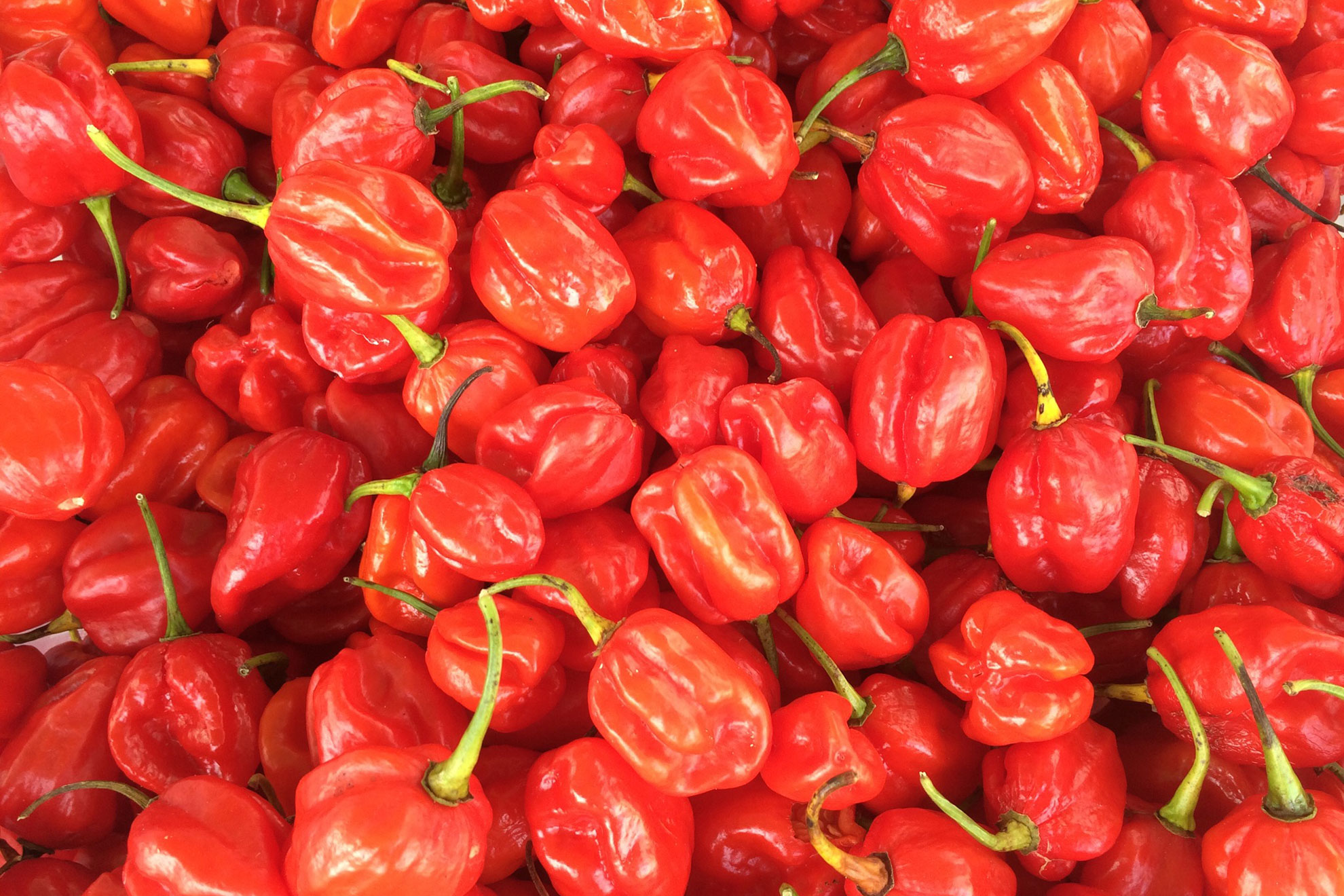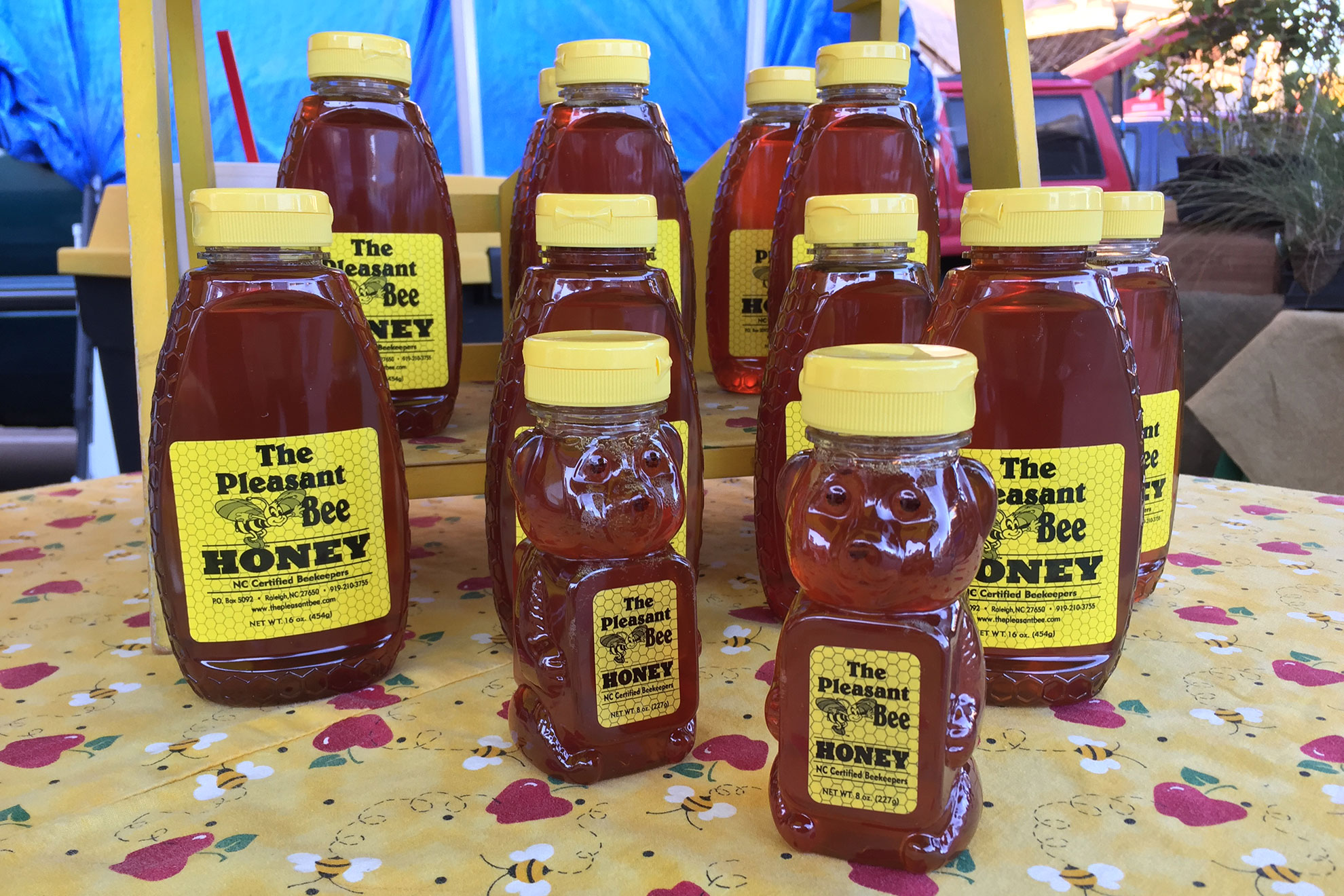Swiss chard is in the same family as spinach and beet greens, and cooks the same way. It originated in Sicily, Italy, and legend has it that a Swiss botanist determined the scientific name and “Swiss” stuck.
Nutrition
A nutritional powerhouse, swiss chard is an excellent source of vitamins K and A and a good source of vitamin C and magnesium. Swiss chard also contains the antioxidants beta-carotene, lutein, and zeaxanthin.
Buying
Humble Umbel Farm will have swiss chard this Saturday. Look for vibrant color and unbruised leaves and firm stems. Although chard leaves are always a dark green, the stem can be white, yellow, or red. There is no obvious flavor difference between the colors, although the red stem can bleed a pink color into foods it’s cooked with. Keep in mind that “rainbow chard’ is not a variety of chard but various colors of chard bunched together to be sold.
Storage
Store chard in the fridge for several days, if not longer. Unwashed greens last longer, so only wash right before you plan to cook. If you want to store greens in the fridge for longer, wrap them in a damp paper towel.
Cooking Tips
Cook chard much like you would spinach. Pull the leaves from the stems and chop the stems into small pieces. Put them in the pan several minutes ahead of the leaves to allow them to cook longer. Cook stems until tender but still with a touch of crunch and cook leaves until tender and buttery. Top pizzas with sliced, raw chard leaves and add cooked chard to frittatas, galettes, or rice casseroles.
Recipes
Deborah Madison’s Chard & Saffron Tart
Chard Saag Paneer (You can make a vegan version with coconut milk)
Did you know: The plant has numerous monikers, including silver beet, Roman kale, and strawberry spinach.



